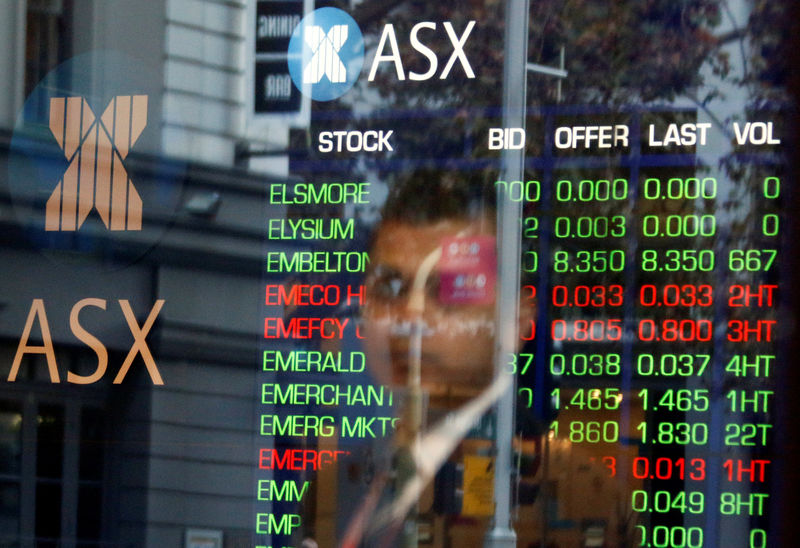
Asian and Pacific Rim markets fell lower by lunchtime during the Asian trade session on Tuesday. Regional sentiment crumbled after President Donald Trump said that he would reinstate tariffs against steel and aluminium imports from Brazil and Argentina. Chile is also on that list.
Regional traders were also digesting November’s weak Institute for Supply Management (ISM) manufacturing purchasing managers’ index (PMI) released on Monday.
The U.S. manufacturing sector contracted once again for the fourth month in a row in November.
In Japan, the Nikkei 225 was down about 0.7 percent and the broader Topix index, in Tokyo, declined over half a percent.
Shares on the Kospi composite index, in South Korea were down half a percent. Shares of index heavyweight SK Hynix gave up 1.5 percent.
In regional Asian news, the Reserve Bank of Australia announced that they would, as widely expected, their overnight cash rate (OCR) at the record low of 0.75 percent. The RBA has cut rates three times this year since June.
The headline S&P ASX 200, in Australia, led regional losses as shares were down over two percent.
On the mainland in China, the indices were all trading lower by the afternoon. The Shanghai composite gave up 0.1 percent and the smaller Shenzhen composite was down 0.32 percent. The Shenzhen component gave up 0.3 percent.
Asian Sentiment Crumbles after Weak ISM Manufacturing PMI Data and Trade Headlines
Traders in Asia are monitoring not so good trade news. A possible new trade war front between the United States and the European Union is developing.
Overnight, traders got to witness a very weak Institute for Supply Management (ISM) manufacturing purchasing managers’ index (PMI) that was released overnight.
Manufacturing makes up roughly eleven percent of the total gross domestic product (GDP) for the United States. The ISM PMI, for November, fell to 48.1. The PMI came in at 48.3 for October.
More importantly, the employment component also narrowed. This number came in at 46.6, which is down from 47.7 seen October.
 Forex Marketz Daily Forex News – Fully Markets Update
Forex Marketz Daily Forex News – Fully Markets Update



